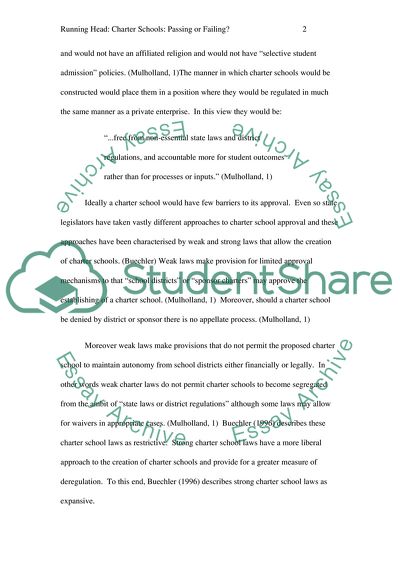Cite this document
(Charter Schools: Passing or Failing Term Paper Example | Topics and Well Written Essays - 3500 words, n.d.)
Charter Schools: Passing or Failing Term Paper Example | Topics and Well Written Essays - 3500 words. Retrieved from https://studentshare.org/education/1715846-charter-schools-passing-or-failing
Charter Schools: Passing or Failing Term Paper Example | Topics and Well Written Essays - 3500 words. Retrieved from https://studentshare.org/education/1715846-charter-schools-passing-or-failing
(Charter Schools: Passing or Failing Term Paper Example | Topics and Well Written Essays - 3500 Words)
Charter Schools: Passing or Failing Term Paper Example | Topics and Well Written Essays - 3500 Words. https://studentshare.org/education/1715846-charter-schools-passing-or-failing.
Charter Schools: Passing or Failing Term Paper Example | Topics and Well Written Essays - 3500 Words. https://studentshare.org/education/1715846-charter-schools-passing-or-failing.
“Charter Schools: Passing or Failing Term Paper Example | Topics and Well Written Essays - 3500 Words”, n.d. https://studentshare.org/education/1715846-charter-schools-passing-or-failing.


